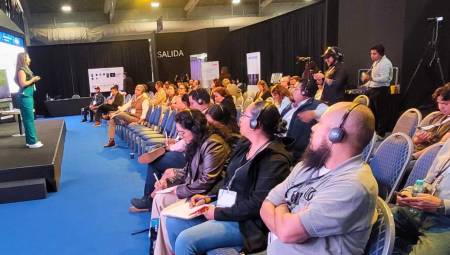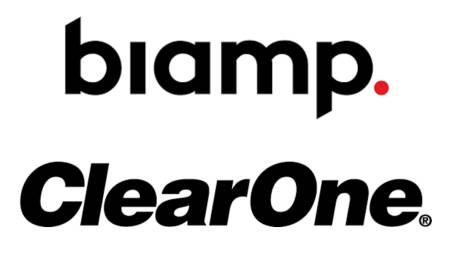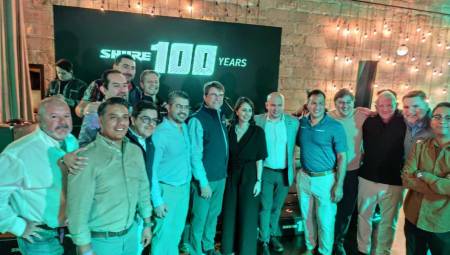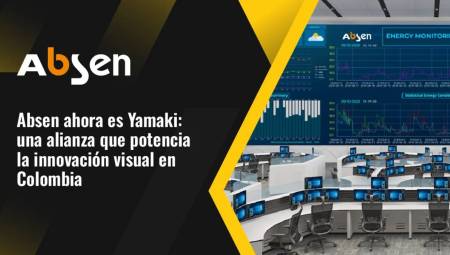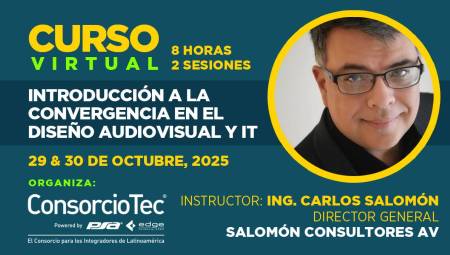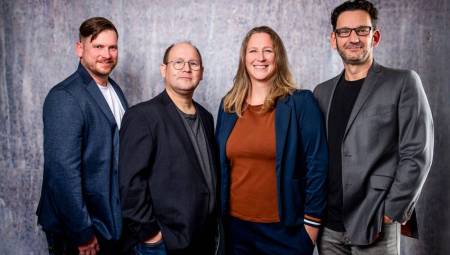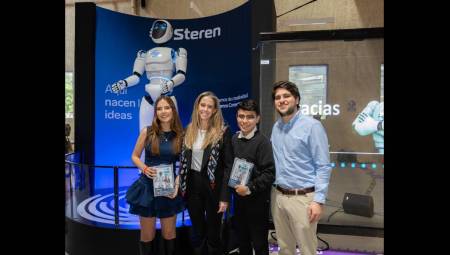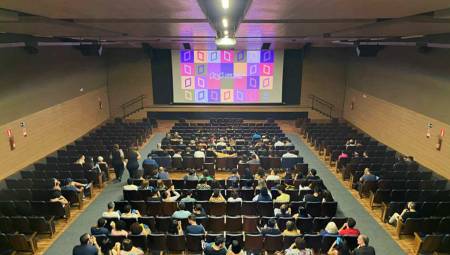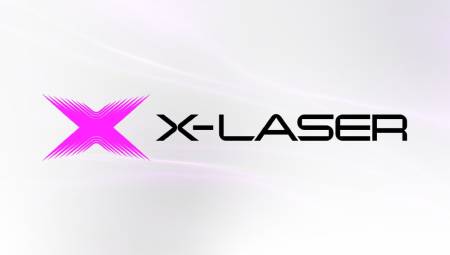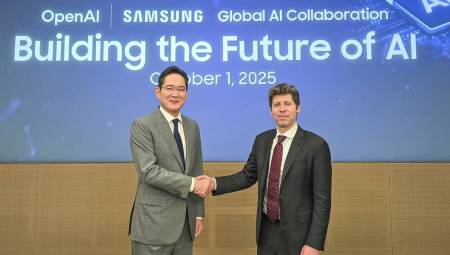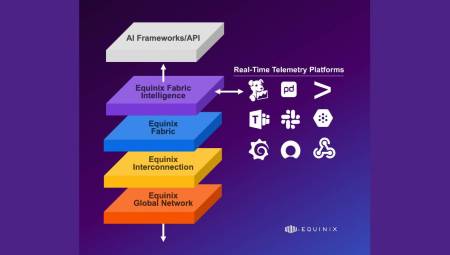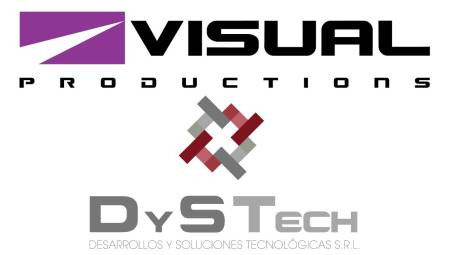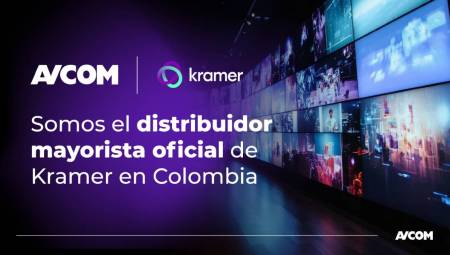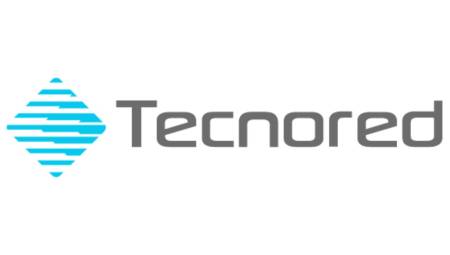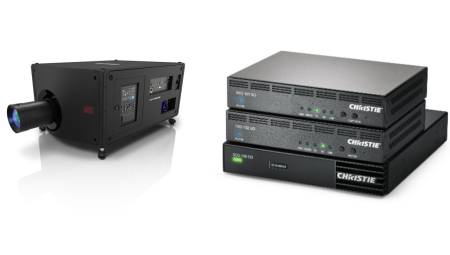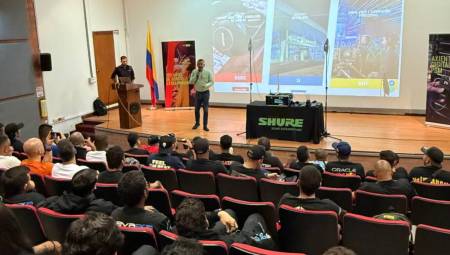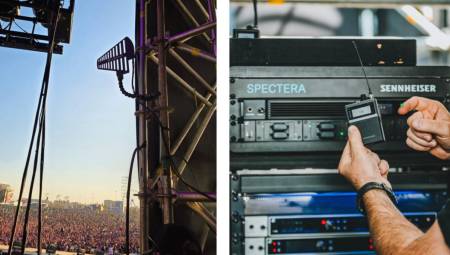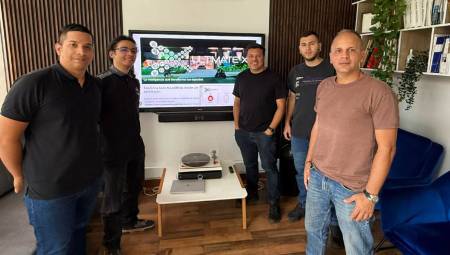By Julián Arcila R
For nearly 30 years, tape-based video systems have dominated the market. Since Betamax (1976), VHS (1977) and MiniDv (2002), the world had not found a way to multiply AV other than by magnetic means, but that situation began to change with the emergence of digital storage media such as memory sticks and USB flashes .
Today, the development of the Internet, the increase in bandwidths and the change of role of personal computers, which have ceased to be simple elements for productivity, to become equipment for leisure and business, are aspects that lead to think that the spectrum of images and sounds will change and forever.
Taking into account this first edition of AVI LATINOAMÉRICA and the environment of convergence between both industries, the editor interviewed Randall Lemke, president of InforComm International, the international association that links professionals in the AV segment around the planet. From his comments he reveals something key: the business will be dominated by those who master his knowledge and knowledge management itself is a business per se.
Time of definitions
As stated in the previous paragraph, convergence is the present and future of the AV segment. But what does this concept comprise? How can it be interpreted in Latin America? Randall shared some clues to that information.
To begin with, it is important to note that the convergence between both worlds has many similarities, so over time it will be observed that in each market (North America, Latin America, Asia, Europe) exactly the same thing will happen, but in a different way. The fact is that each market has presented its particularities; for example in the United States both the AV and IT segments are very strong. In Asia, in many cases the IT segment was more developed than AV. If the Latino segment is analyzed, the situation could be very even, understanding a greater development in telecommunications mixed with a greater availability of technology.
The most important thing is to understand that convergence would perhaps mean the human side of both worlds, because the capabilities it offers mean that the AV world understands the human reasons behind such a confluence, in other words, what people need to read and understand the information behind a screen, the appropriate noise indices and the different acoustics found within a space. Thus, when you start looking at these elements combined with greater ease in the distribution of information and with a professional in AV on site to make everything more understandable, so you get the best of both industries. Given these needs, manufacturers are now developing more applications with capabilities to coexist with IT networks.
Now. There is a great reality related to the difficulties that a particular region is experiencing in the field of telecommunications. In Latin America it is still expensive to obtain large bandwidths, so development in this type of application may still take a while; In this aspect, the companies that provide telecommunications services are called to facilitate these processes by offering services with prices that the companies can support.
Changes that will be experienced
As discussed in this note, the fact that Internet transmission systems have changed the communications landscape is undeniable; but what future implications will this migration from the AV segment to the field of communications and computing have?
For Lemke, what will change, for the better, will be a greater availability of resources for integrators, who will have to adapt to the new environment in order to adopt the advantages and new businesses that are on the horizon. "Availability means less expensive networks ... you already have a lot of capacity in the backbone and in this sense a lot of people in the IT segment could link up with the AV segment. Bringing this last segment into the IP field means that you're going to see a lot of people with the ability to provide support in this field. An example of the above are universities, which have software to manage computerized telecommunications networks and when they were ready they began to use the same infrastructure for AV, to transmit classes from one classroom to another and from one campus to another, "he explained.
Because of the above, institutions that want to stream video online would not have to use a new infrastructure or acquire it; Now, the above supposes several challenges for integrators and is that they must familiarize themselves with this environment, because ultimately those who will be more competitive are those suppliers that have skills in audio, video, communications and in general in all those elements that make the information can be understood in an easier way by individuals.
"Therefore, at InfoComm we are trying to ensure that all our members around the world acquire skills in the AV over IP segment, otherwise the demands that will arise in that segment will be satisfied by someone who will try to learn about the AV side," Randall explained. The truth is that there is a clear trend for the coming years and that is that small companies will make significant investments and train their staff in information technology and in many other cases will partner with suppliers to approach customers and tell them: "I have knowledge in AV and IT to develop what is feasible at the moment."
And it is that the convergence, and beyond, the knowledge that integrators may have about the subjects that make up the equation, could be a passport for a path of new businesses, in the sense that many multinational companies are opening headquarters in Latin America and want to have the same technologies they have in their main offices, and such systems can only be implemented by integrators aware of the importance of new technologies.
For this experienced professional, the business environment has changed beyond the "sale of boxes". Perhaps this situation is what makes integrators have a fundamental role in the new convergence environment, even more than the distributors themselves.
In search of coexistence
As in other segments, the interrelation with the IT industry generates a conflict to the extent that professionals in the latter field are not very open to allowing applications that consume significant bandwidths to run on their network infrastructure.
About this conflict, which may also appear in the case mentioned in the note, we consulted Lemke. In his opinion, "conflicts are going to arise, but there are situations to understand and one of them is that the concern of network managers are there to avoid that there is slowness in them, that they fall or that they see their security threatened; it is because of these factors that they evaluate them. So if AV people don't recognize that these are crucial factors and that they're very important — they have to understand that — then they're not going to get any support from network managers or administrators."
This obviously raises a coexistence of the different branches, in order to ensure that all elements or corporate applications will be able to operate normally.
Finally, Lemke again recommended that technicians be trained and trained in the field of computer science, as this will allow them to be able to talk to network administrators in a language that they can understand, clearly establishing the bandwidth requirements that an AV application requires. This situation will certainly make the job easier.
Most common applications every day
Perhaps the business segment that is most assimilating the convergence between audio and video, with the segment of information technologies, is that of teleconferencing. About 15 or 20 years ago, conference facilities were made with analog systems that were very expensive and were transmitted over ISDN (telephone) lines. Information technologies have made the cost of transmission very low, a situation that has led to a progressive migration of the conference segment from the analog world to the digital.
Now, another application that is benefiting from migration is projections, which are using the backbone of a property to send projections from one classroom to another; this application has its advantages, since previously the connections were made physically in a classroom, which limited the performance and durability of a computer by having to be used repeatedly for the same presentation; in the current scenario, a projector can use the IP infrastructure to transmit the same information to several rooms or lounges, helping to make the technical resources of the device more durable.

















































